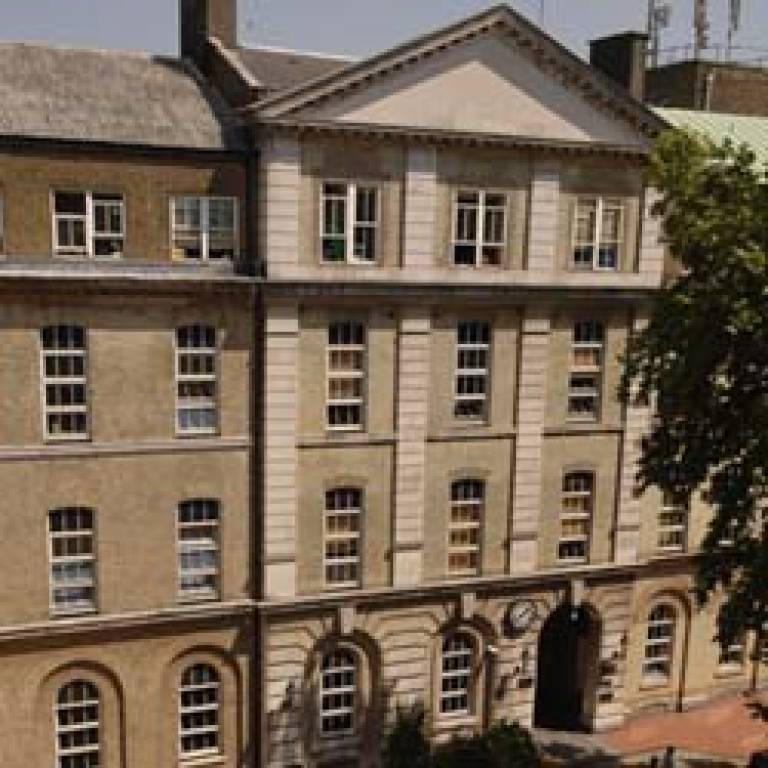Putting money where the mouth is
17 December 2007
Links:
 rds-sc.nihr.ac.uk/funding-streams/risc/" target="_self">Research for Innovation, Speculation & Creativity programme
rds-sc.nihr.ac.uk/funding-streams/risc/" target="_self">Research for Innovation, Speculation & Creativity programme
Two funding organisations have awarded researchers at the UCL Eastman Dental Institute £125,000 for research relating to wound healing in the mouth.
Dr Mark P Lewis, along with his major clinical collaborator, Professor Stephen Porter, has secured funding for two projects examining the biological process underlying the process of wound healing. Dr Lewis has long been interested in the apparently preferential healing of the oral mucosa compared to dermis, and his research group at the Eastman Dental Institute concentrates on understanding the function of fibroblasts in both normal and repairing oral mucosa and skin. A current major interest is how these cells interact with other cells in complex systems and analysis of these systems.
The first project for which the team has secured funding is entitled 'Dielectrophoresis as a prognostic tool for potentially malignant and malignant disease of the mouth'. Funded by the Research for Innovation, Speculation & Creativity (RISC) programme, it is being conducted in collaboration with Drs David Moles and Stefano Fedele of the UCL Eastman Dental Institute, and Drs Mike Hughes and Fatima Labeed of the University of Surrey. The project will utilise a novel cell detection system to distinguish between normal and abnormal oral mucosal cell populations with possible application in early detection of tumourogenic change. Preliminary work for this application is already underway through the work of PhD student Hayley Mulhall.
The second area is funded by the Comprehensive Biomedical Research Centre programme at UCL/UCLH and is for a project entitled 'Phenotypic differences between the ability of oral and dermal fibroblasts to repair dermal lesions'. This work seeks to identify key biological differences between oral and dermal healing with the potential application of using 'superior' oral cells to aid the progress of slow or non-healing dermal wounds.
To find out more, follow the links at the top of this article.
 Close
Close

